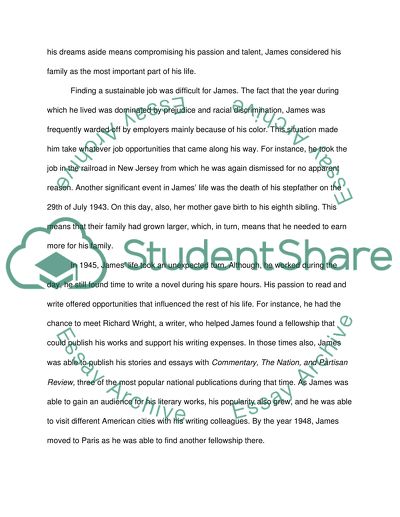Cite this document
(“The Life and Works of James Baldwin Essay Example | Topics and Well Written Essays - 2000 words”, n.d.)
Retrieved de https://studentshare.org/english/1395147-research-essay-about-james-baldwin
Retrieved de https://studentshare.org/english/1395147-research-essay-about-james-baldwin
(The Life and Works of James Baldwin Essay Example | Topics and Well Written Essays - 2000 Words)
https://studentshare.org/english/1395147-research-essay-about-james-baldwin.
https://studentshare.org/english/1395147-research-essay-about-james-baldwin.
“The Life and Works of James Baldwin Essay Example | Topics and Well Written Essays - 2000 Words”, n.d. https://studentshare.org/english/1395147-research-essay-about-james-baldwin.


